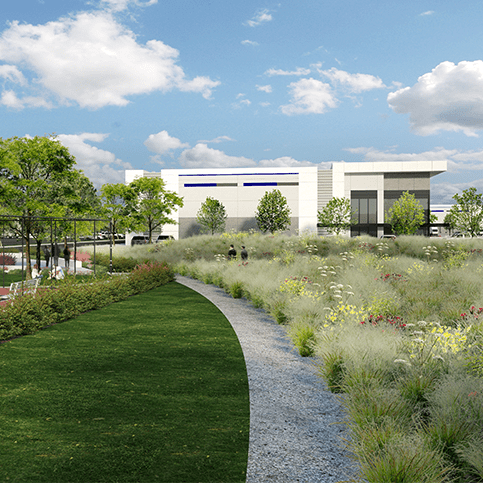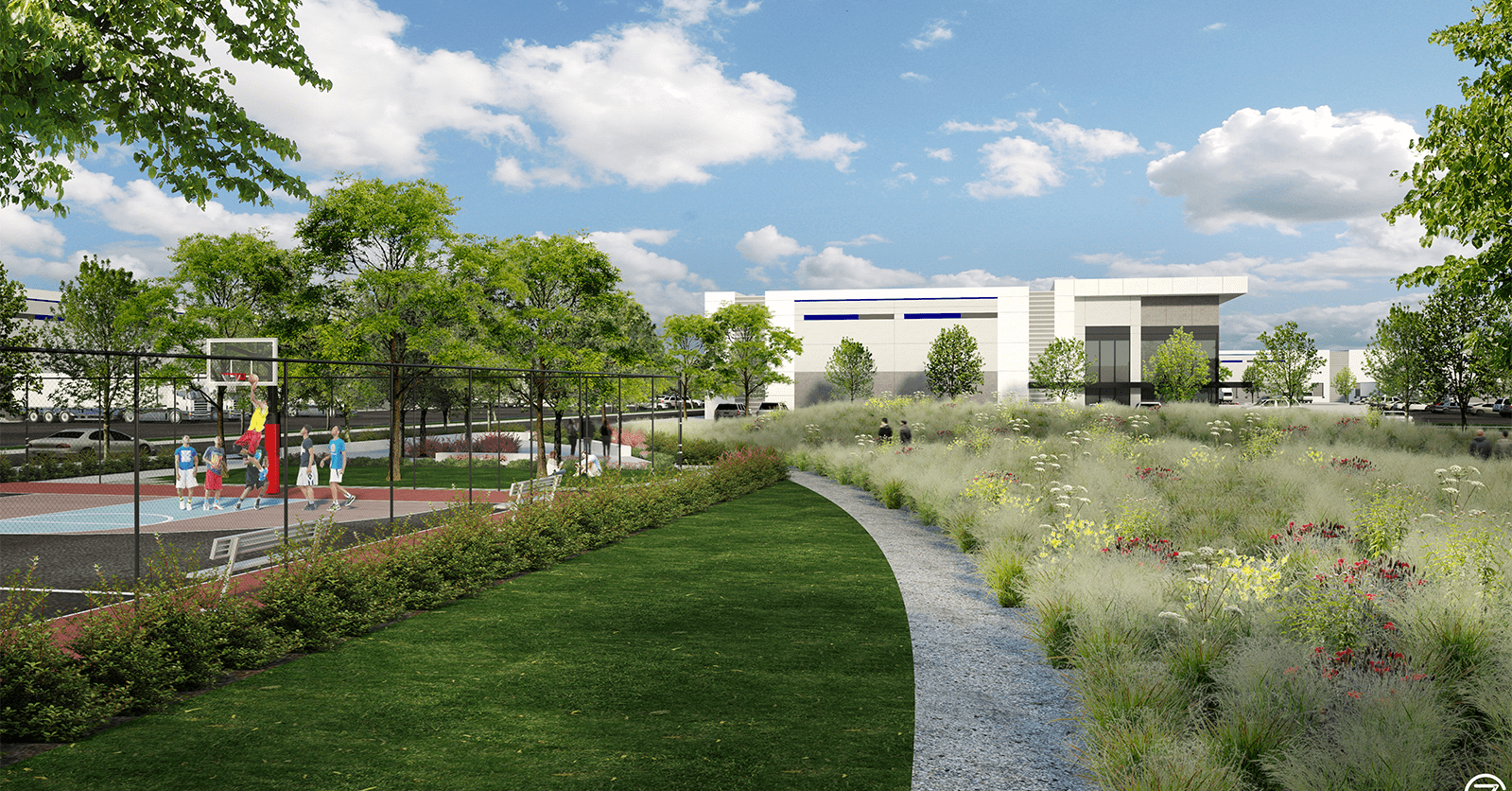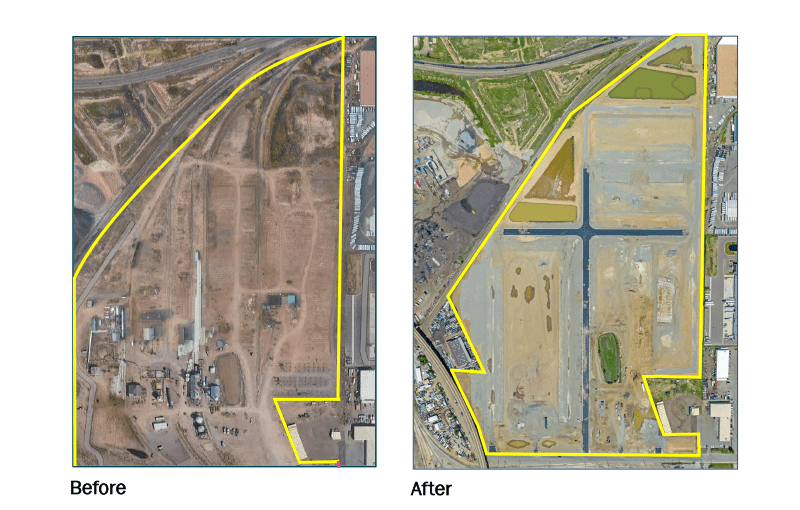Brownfield sites are abandoned or underutilized properties, often in urban areas, with a history of industrial or commercial use that has left them contaminated to some extent. These sites are often disregarded in the development world as too risky and expensive for redevelopment, but are now emerging as vibrant, sustainable development opportunities thanks to innovative remediation approaches and patient, thoughtful developers who have figured out how to gain returns that are outweighing the risks. As urban land demand increases and land scarcity continues to be a challenge, the re-development potential of brownfield sites cannot be overstated.
When evaluating these sites, it is important to consider the regulatory restrictions of brownfield projects, which define the potential challenges for re-development. These challenges are turned into solutions though the critical role played by interdisciplinary teams in transforming these sites into valuable assets. Brownfield sites offer a unique opportunity to revitalize and repurpose land that might otherwise be ignored, promoting sustainable urban development.
Phases of Brownfield Projects
Brownfield projects typically involve two main phases: hazardous material remediation and vertical development. The success of these phases’ hinges on the close coordination between the site’s goals for re-development and how the remediation requirements are designed for the specific end use. This provides the necessary synergies between the remediation and the redevelopment efforts. These goals are followed through by the various professionals helping with the mandated site remediation and re-development tasks. Constant collaboration and coordination of the remediation and re-development design teams confirming that the goals of the remediation efforts are met is essential to achieve the requirements of the site’s re-development goals.
Project Example: Quantum 56, Denver, CO
Quantum 56 stands as a testament to the potential of brownfield site development. Ware Malcomb provided civil engineering, land surveying and architectural design services for this 60-acre in-fill site co-developed by Hines and EnviroFinance Group (EFG). This project showcases the delicate balance between remediating contaminated soil and developing a Class A industrial distribution campus with 869,500 SF across six buildings. Beyond the remediation and industrial buildings, the Ownership team established a metro district and incorporated significant horizontal infrastructure including improved roads, curbs, sidewalks, storm water ponds, and an amenity tract that features a basketball court, plaza, open space, trees, and a picnic area. The county will also benefit from higher property tax income on this improved site. In this endeavor, our team played a crucial role in bringing the site back to life.
The site was environmentally contaminated due to its prior use as a wood treatment facility. The previous owner went through significant remediation efforts under a Corrective Action Order with the State of Colorado, including covering a landfill, and has on-going remediation monitoring responsibilities for soil and groundwater levels. Despite these efforts, the site was not “clean” enough for redevelopment. The Ownership group, comprised of Hines and EFG, purchased the land in 2021. The extensive environmental history resulted in hundreds of pages of documentation, introducing an additional layer of risk that needed to be addressed to secure lender approval. Hines and EFG entered into a voluntary Corrective Action Order plan to further remediate the site and prepare it for redevelopment. This included creating clean utility corridors, constructing an on-site stormwater infrastructure, and covering the site through soil testing, removal, and replacement. These efforts took over 12 months and cost tens of millions of dollars. Conditional Certificate of Completion was granted in March 2023, allowing the Owner to commence building construction.
The remediation efforts provided many challenges for the consultant team to design through, namely providing a clean path for the future development through the initial remediation design requirements.
Quantum 56 site before and after remediation and development.
Challenges and Solutions
Soil remediation: Our team carefully executed a thorough soil remediation process by following the soil removal and preparation requirements set forward by the remediation team to confirm that the site met safety standards, as required for future development.
Early Establishment and Confirmation of Site Design: It is highly uncommon that a developer’s end site plan is the same one they start with, not to mention that they knowingly lock it in before any building users are found. The remediation efforts required that this was the case. This added layer of complexity was understood by all team members to ensure that the correct site plan was prepared showing the building product that could be successfully leased and provided enough flexibility to meet the ever-evolving demands of users. Afterall, financial viability is the key component of anything sustainable.
Clean corridor design for utilities: Planning was provided to allow for future utility installation of storm sewer, sanitary sewer, watermain, and dry utilities into areas clean soil, without any future remediation requirements.
Drainage and grading design for future building development: The process of grading the site was meticulous, ensuring that the site was both safe and conducive to vertical development. Once the soil was remediated, placed, and covered, it could not be exported without excessive clean up. It was essential that all areas for future buildings and other appurtenances were planned ahead of time to prevent any new remediation requirements by exposing the dirty soil.
Storm water pond installation: Historically, this site did not have a storm water release due to existing Colorado Department of Public Health restrictions. After remediation efforts, a storm water release was allowed; however, downstream constraints proved to be a challenge on this project due to costs and available right-of-way for installation. A cost mitigating solution that all on-site storm water be released via percolation and evaporation was evaluated, designed, and approved by the Local Jurisdiction. This design, requiring the use of very large storm water ponds, provided a solution to the downstream restrictions. Installation of these ponds was managed through experienced storm water design and a detailed construction storm water management plan that was put in place to accommodate construction sediment control, as to not impact the future operation of the ponds by exposing them to construction debris that would decrease the infiltration requirements needed for approval.
Cost Considerations
Cost plays a significant role in brownfield site development. Decisions about the extent and process of remediation, which may vary depending on the type and concentration of contaminants, are drivers for future costs of the redevelopment. The costs of any re-work that brings remediation back into the fold after a site is signed off are exceptionally high, requiring detailed, up-front planning to set the redevelopment up for success. The timeline for these processes can also affect overall costs, due to unforeseen changes during the remediation process. Having a collaborative, experienced team in place is key to keeping the site’s remediation requirement costs controlled, which helps to solidify the exposure of future redevelopment cost escalation.
Unlocking Brownfield Success
Brownfield site development is not just about rehabilitating contaminated land; it’s about unleashing the potential of commercial and industrial sites that were once overlooked. This intricate site development process demonstrates Ware Malcomb’s expertise in remediating and building upon previously contaminated land. Moreover, the brownfield development process highlights the importance of strong relationships with consultants and experience in successfully navigating the complexities of brownfield projects. These endeavors offer a glimmer of positivity in land development by transforming what was once a liability into an asset for communities and the environment.
To learn more about our civil engineering experience and Ware Malcomb’s vast site selection expertise.
Explore our Civil Engineering Expertise
Learn more about optimizing your site selection
With special thanks to Courtney Schnider (Hines) and Sarah Laverty (EFG-DENVER, LLC.).



